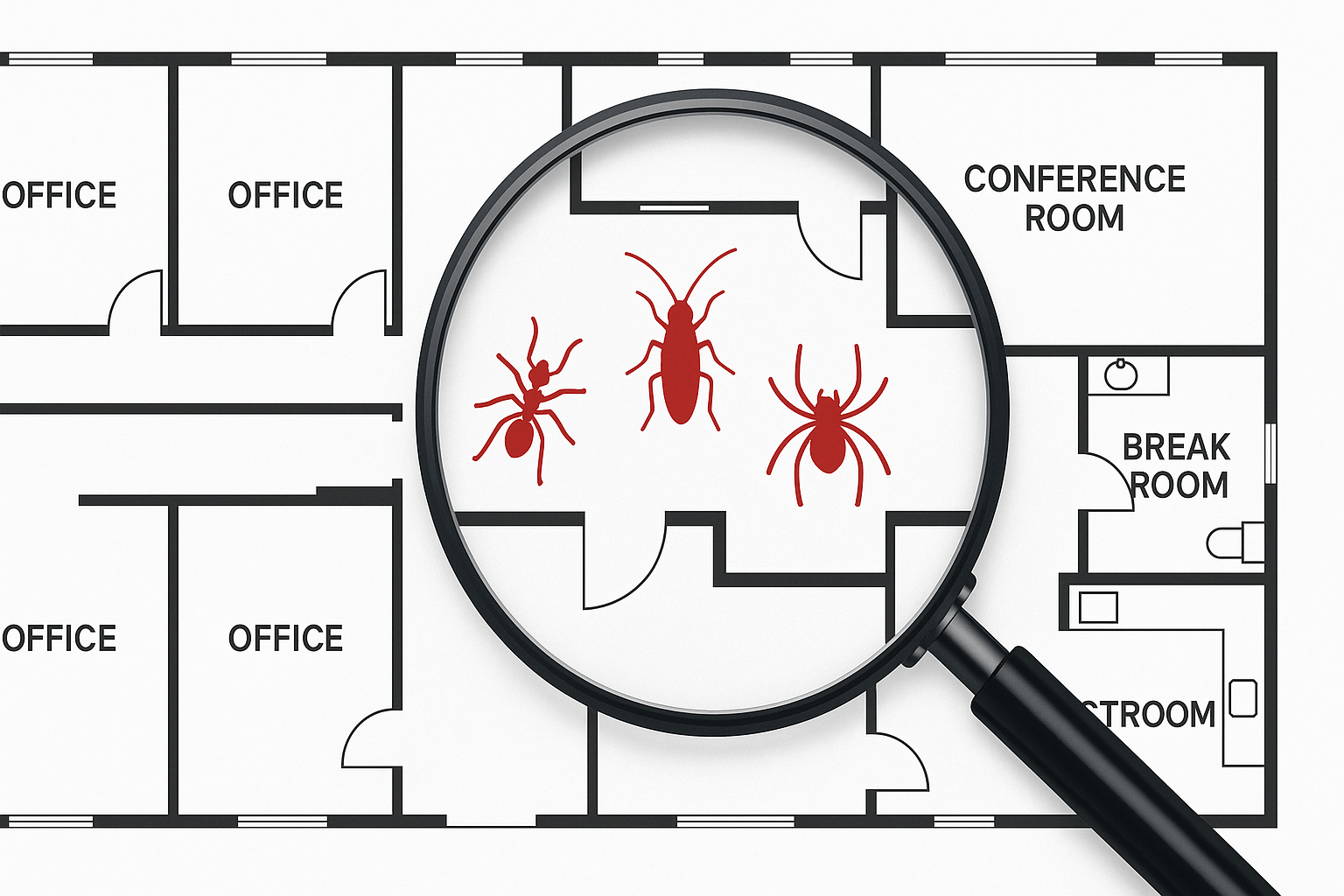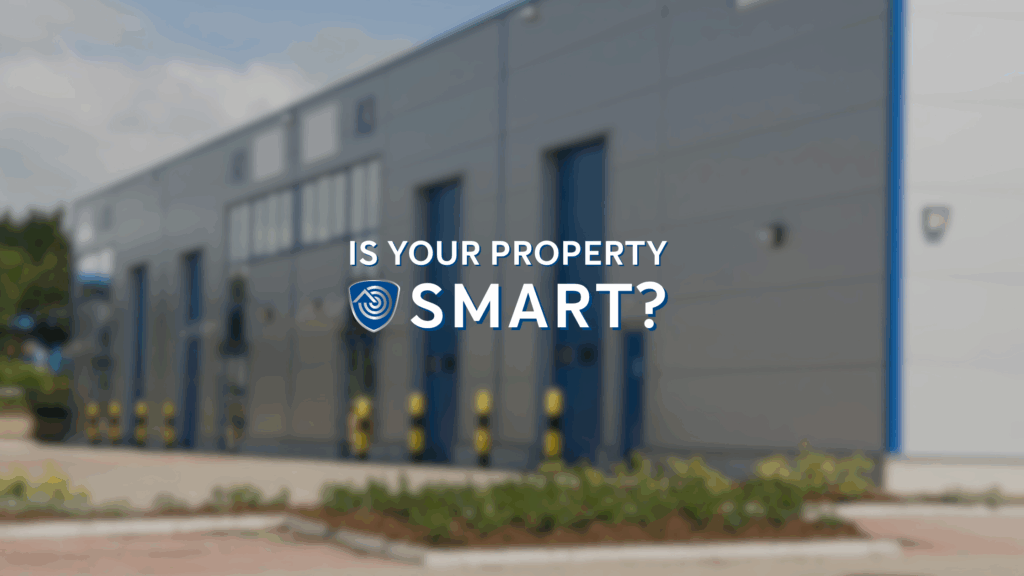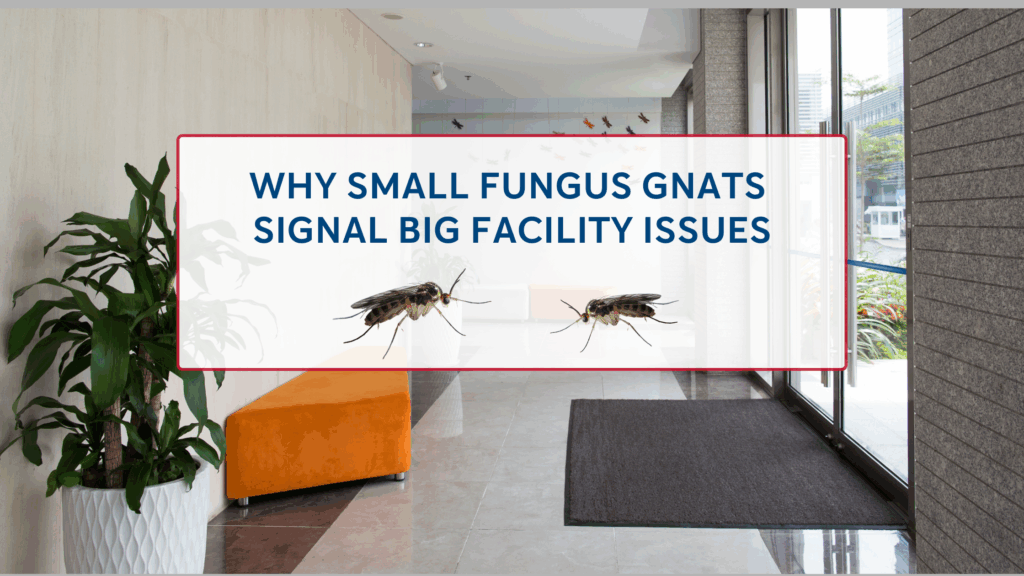Pest control isn’t just about reacting to infestations—it’s about preventing them before they start. That’s why more commercial property owners and facility managers are turning to Integrated Pest Management (IPM): a smart, strategic, and sustainable solution designed to keep your space pest-free with minimal risk to people, property, and the planet.
At Turner Pest Control, we use IPM because it’s the gold standard in commercial pest protection—one that combines science, strategy, and service.
What Is IPM?
According to the U.S. Environmental Protection Agency (EPA), IPM is “an effective and environmentally sensitive approach to pest management that relies on a combination of common-sense practices.”
Rather than relying on routine chemical applications, IPM uses current knowledge of pest biology and behavior—paired with targeted treatment methods—to manage pest issues economically and with the least possible hazard.
IPM is built on three essential pillars:
- Inspection
We don’t guess—we investigate. Our licensed technicians conduct detailed inspections of your property, focusing on pest-prone areas like entry points, break rooms, dumpsters, landscaping, and structural voids. We inspect like a pest looking for food, water, and shelter. Common inspection tools include moisture meters, infrared cameras, flashlights, and even stethoscopes or borescopes in specialized situations. - Identification
Not all pests—and not all infestations—are the same. IPM begins with accurately identifying the species involved, the extent of the problem, and the conducive conditions that allow them to thrive. Different pests require different strategies. We identify pest types—such as ants, cockroaches, rodents, stored-product pests, and more—and look for signs like frass, egg casings, mud tubes, or chew marks. Proper ID ensures that our approach is both effective and efficient. - Treatment & Monitoring
IPM emphasizes minimal-risk solutions first, like sealing entry points, improving sanitation, and adjusting environmental conditions. When product application is necessary, we use targeted, low-impact treatments. We also deploy traps and monitoring devices—such as sticky traps, pheromone traps, or pitfall traps—to understand pest movement patterns, detect thresholds, and ensure long-term success.
The Four Pillars of IPM Control
IPM combines a variety of pest control methods:
- Cultural controls: Fix sanitation issues, eliminate clutter, and modify habitats to make the environment less appealing to pests. This includes sealing food containers, rotating pantry stock, clearing yard debris, trimming overgrown vegetation, and ensuring proper drainage.
- Mechanical/physical controls: Use of traps, sealing cracks, installing door sweeps, and manipulating temperature or humidity. Devices might include dehumidifiers, air curtains, motion-sensor lights, snap traps, or vacuum systems to remove pests.
- Biological controls: When applicable, beneficial organisms are used to manage pests (primarily in agricultural settings). Examples include ladybugs for aphids or fungi for termites—more common in garden/agricultural IPM programs than commercial structures.
- Chemical controls: Pesticides are used carefully and only when necessary, with an emphasis on rotating products to prevent resistance. We choose the right formulation—baits, dusts, aerosols, or granules—and rotate based on the Insecticide Resistance Action Committee (IRAC) guidelines.
Why Businesses Choose IPM
- Fewer Complaints, Fewer Emergencies
By addressing the root causes of infestations, IPM reduces the need for urgent callbacks or costly emergency treatments.
- Minimal Disruption to Operations
Targeted treatments mean less downtime and fewer interruptions—perfect for schools, offices, food facilities, and healthcare settings.
- Safer for People, Pets, and Properties
IPM prioritizes non-chemical methods first, supporting your efforts to maintain a healthier, low-toxicity environment.
- A Stronger Reputation
Whether it’s a restaurant, retail center, or multifamily housing complex, no one wants to see pests. IPM helps you uphold high standards and avoid negative reviews.
- Supports Sustainability Goals
If your facility is eco-conscious or LEED-certified, IPM aligns with your environmental objectives and helps you stay compliant with industry regulations.
Prevention Tips for Every Facility
Your staff, tenants, and team members play a key role in pest prevention. Here are a few high-impact steps you can take:
- Seal cracks and gaps around windows, doors, and utility lines.
- Eliminate standing water by fixing leaks and improving drainage.
- Store food and waste properly—keep bins covered and cleaned regularly.
- Maintain landscaping by trimming vegetation away from buildings.
- Clean kitchens, break rooms, and common areas routinely.
- Train employees to recognize pest signs and report them early.
Bonus Tip: Document everything. Inspection and service reports tell a story over time. These records provide accountability and help track trends, pest signs, and recommended sanitation improvements across service visits.
Let’s Build a Custom IPM Plan for Your Business
From restaurants and retail to office parks and healthcare facilities, IPM is a flexible solution tailored to your property type and risk level. At Turner Pest Control, we combine professional insight, proven science, and real-time monitoring to deliver a smarter form of pest protection—year-round.
Ready to take a smarter, safer approach to pest control? Let’s create an IPM plan tailored to your business needs.
SCHEDULE YOUR FREE INSPECTION or call us at 800-225-5305 to get started. We’ll help you stay one step ahead of pests and the damage they bring.




